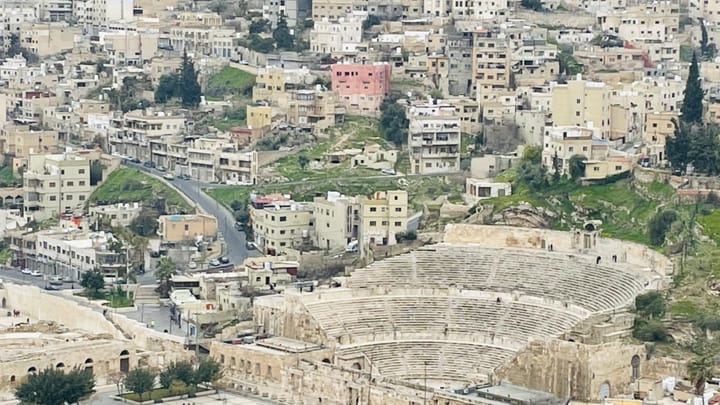Research in Progress: Beyond National Business Environment Reform
 Many public policy reforms focus on national level systems. However, increasingly attention is given to the other systems. This is especially true when the policy, legal and regulatory concerns of the private sector are considered. Many firms experience problems at the local level as they bump up against the licenses, permits, regulations, and bylaws local authorities enforce. Similarly, business trade often goes beyond national boundaries and is influenced by regional markets and trade regimes.
Many public policy reforms focus on national level systems. However, increasingly attention is given to the other systems. This is especially true when the policy, legal and regulatory concerns of the private sector are considered. Many firms experience problems at the local level as they bump up against the licenses, permits, regulations, and bylaws local authorities enforce. Similarly, business trade often goes beyond national boundaries and is influenced by regional markets and trade regimes.
Is the practice of public policy reform at local, national and regional levels the same — just different in scale and actors — or are there substantial differences in the ways reform is done at these levels? How are agencies supporting these reforms and what lessons can be learned from this?
These are some of the questions I am exploring through an assignment entitled: Beyond National Business Environment Reform.
I am engaged in research for the Donor Committee for Enterprise Development (DECD) on how donor and development agencies are supporting business environment reform (BER) at regional and local levels. “Regional” reform refers to regions with more than one country (e.g., East Africa), while “local” refers to sub-national reforms such those undertaken by provincial, state or local government authorities.
This work is based on the DCED Donor Guidance on Business Environment Reform (2008) which identifies a range of “functional” areas of BER as well as four “dimensions” of reform (national, regional, local and sector).
- Level of agency interest: What is the agency doing to support regional and local BER and is there any kind of information, advice or guidance they would benefit from when doing this work?
- Elements: What elements of regional and local BER shape the agency’s work in BER: what functional areas does the agency focus on and what actors does it support and work with?
- Key questions: What are the key questions the agency has in relation to supporting regional and local BER?
- Advantages and disadvantages: What does the agency consider to be the advantages and disadvantages of working at the regional and local levels?


